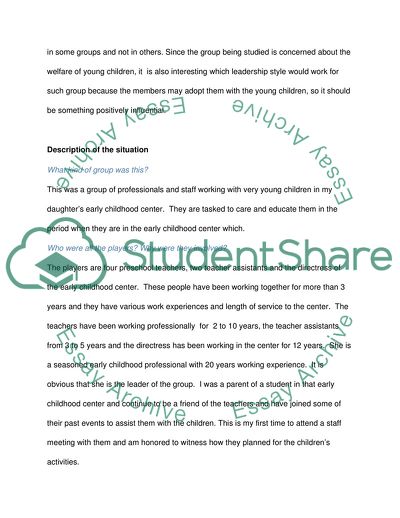Cite this document
(Analysis of a group decision-making Essay Example | Topics and Well Written Essays - 2250 words - 1, n.d.)
Analysis of a group decision-making Essay Example | Topics and Well Written Essays - 2250 words - 1. Retrieved from https://studentshare.org/psychology/1787435-analysis-of-a-group-decision-making
Analysis of a group decision-making Essay Example | Topics and Well Written Essays - 2250 words - 1. Retrieved from https://studentshare.org/psychology/1787435-analysis-of-a-group-decision-making
(Analysis of a Group Decision-Making Essay Example | Topics and Well Written Essays - 2250 Words - 1)
Analysis of a Group Decision-Making Essay Example | Topics and Well Written Essays - 2250 Words - 1. https://studentshare.org/psychology/1787435-analysis-of-a-group-decision-making.
Analysis of a Group Decision-Making Essay Example | Topics and Well Written Essays - 2250 Words - 1. https://studentshare.org/psychology/1787435-analysis-of-a-group-decision-making.
“Analysis of a Group Decision-Making Essay Example | Topics and Well Written Essays - 2250 Words - 1”. https://studentshare.org/psychology/1787435-analysis-of-a-group-decision-making.


